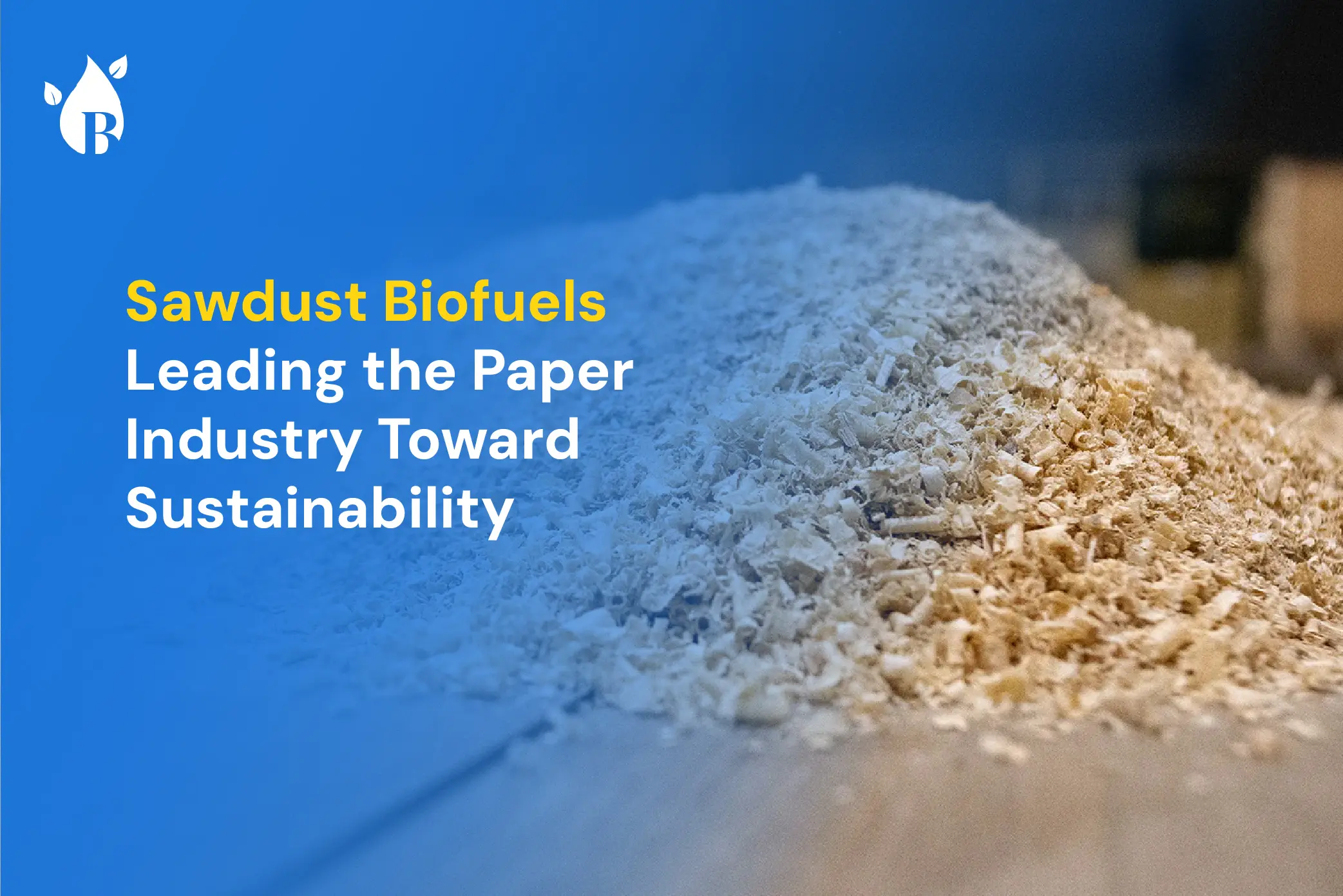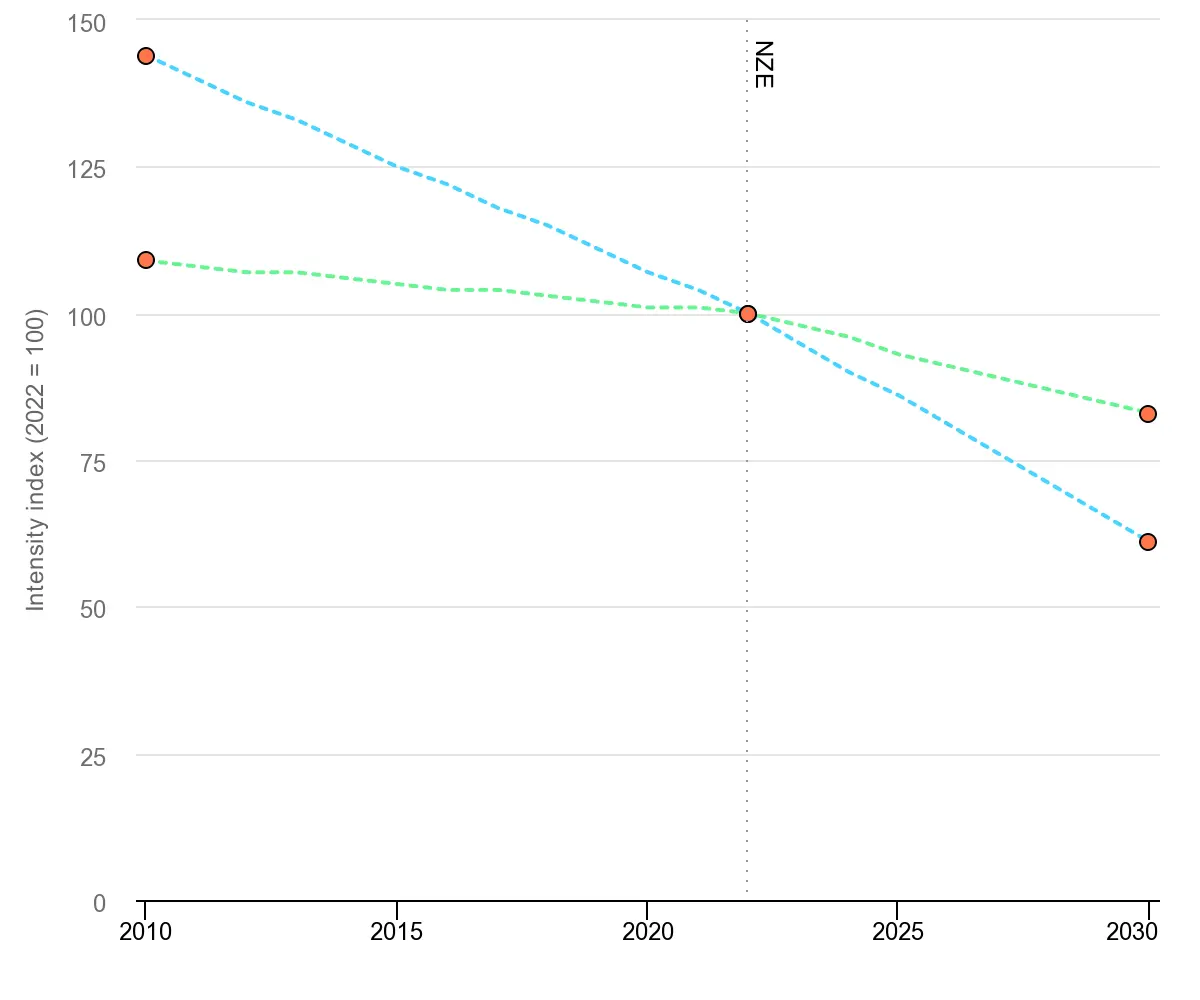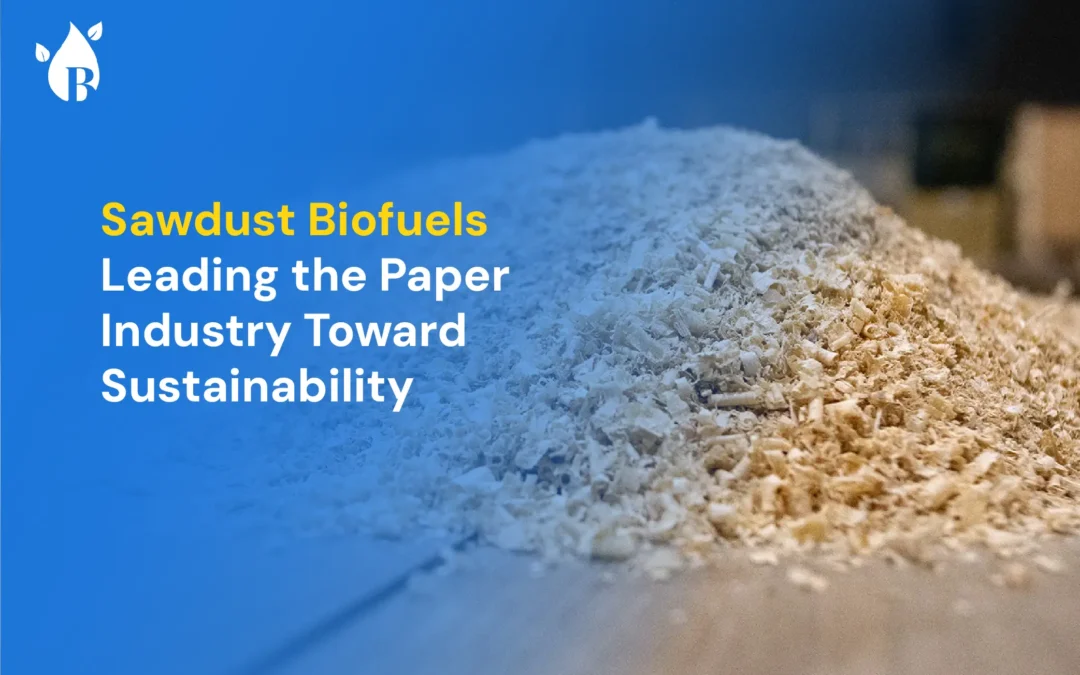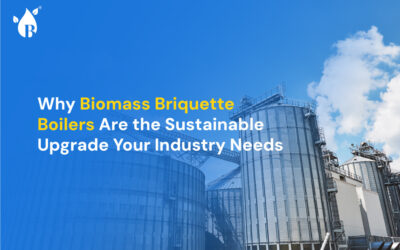
Uncover the environmental benefits of sawdust biofuels as they transform the paper industry. Dive into the world of sustainable energy solutions, reduced emissions, and a cleaner future for paper manufacturing.
In an era where sustainability is paramount, industries are constantly seeking innovative solutions to minimize their environmental impact. The paper industry, in particular, has made significant strides in this direction, embracing sustainable practices to reduce its reliance on conventional raw materials. One such revolutionary solution has emerged in the form of sawdust, an often-overlooked byproduct with immense potential. In this blog, we delve into the transformative role of sawdust in revolutionizing the paper industry.
Sawdust as Biofuels
Sawdust is a byproduct of wood processing and is produced when wood is cut, sanded, or planed. It consists of fine wood particles and is a low-value waste product. However, it has been discovered that sawdust can be used as a biofuel to produce heat and electricity, among other things.
One way sawdust is used as a biofuel is through pyrolysis, a thermal decomposition process used to convert biomass into biochar, bio-oil, and syngas. When sawdust is used in pyrolysis, it is heated in the absence of oxygen, resulting in the production of bio-oil, which can be used as a fuel.
Another way that sawdust can be used as biofuel is through a process called gasification, where the sawdust is reacted with steam and air or oxygen at high temperatures to produce syngas, which can be used for heating or generating electricity.
Sawdust is becoming increasingly important as a biofuel due to its abundance and low cost. Additionally, its use as a biofuel also has environmental benefits, including reducing carbon emissions and waste.
Paper Industry in India & its Emission Perspective
The demand for paper and paperboard is experiencing a notable increase and is projected to keep rising in the future, mainly fueled by population expansion and economic growth. The process of paper production requires a significant amount of heat, primarily to evaporate the substantial quantities of water used in drying pulp and paper. Implementing innovative approaches that reduce water usage in the evaporation process, while also enhancing on-site waste heat recovery and co-generation, can effectively boost energy efficiency and lower emissions. Currently, researchers are extensively exploring the potential of utilizing heat pumps in paper production to harness the latent heat from paper drying, thereby generating steam for the drying process.
In 2022, the industrial emissions were attributed to several sectors, and the pulp and paper industry had a share of fewer than 2% of the total emissions.
Pulp and paper emissions intensity in the Net Zero Scenario, 2018-2030

Source: IEA
Over the past decade, the emissions intensity has witnessed a consistent decline, mainly influenced by a significant shift towards less emissions-intensive energy sources. Additionally, slight improvements in energy efficiency have also played a minor role in this declining trend. From 2010 to 2022, the emissions intensity decreased by an average of close to 3% annually.
As the demand for packaging paper and paperboard is projected to rise in the coming decade, it becomes crucial for the emissions intensity of paper production to witness a substantial decrease in order to align with the Net Zero Emissions by 2050 Scenario. To achieve this, there is a need to intensify efforts and pick up the pace of the gradual decline in emissions intensity observed in recent years. According to this trajectory, emissions intensity would need to decline by approximately 5% annually between 2022 and 2030.
With the anticipated rise in paper production until 2030, urgent measures are required to diminish the environmental impact of the industry. A fundamental step towards this goal involves shifting away from fossil fuels as the primary energy source. Simultaneously, there is a critical need to expedite enhancements in energy efficiency. To achieve these objectives, substantial efforts should be directed at encouraging the widespread adoption of industrial heat pumps and fostering innovation in technologies that reduce the heat requirements for pulp and paper drying processes.
These strategies are of paramount importance, especially considering the escalating reliance on recycled paper pulp, which currently heavily depends on fossil fuels. Exploring alternative options such as briquettes made from biomass sources like sawdust holds immense potential.
How Sawdust Biofuels Can Aid in Decarbonizing the Paper Industry?
Utilizing biomass as an energy source plays a pivotal role in the decarbonization process as it generates significantly lower CO2 emissions during combustion compared to fossil fuels. This reduction occurs because plants, the source of biomass, absorb CO2 through photosynthesis, effectively offsetting the emissions released when the biomass is burned for energy. Furthermore, the potential for producing biofuels from forestry, agricultural, and agro-industrial residues presents a valuable opportunity. By adding value to these co-products that would typically be discarded, we not only harness energy but also minimize waste, contributing to a more eco-friendly approach to energy production.
Sawdust is often considered a waste product. By repurposing this waste material into biofuels, the paper industry can contribute to waste reduction efforts. Instead of ending up in landfills or being incinerated, sawdust can be transformed into a valuable energy resource, promoting a circular economy and reducing overall waste generation.
Sawdust, a byproduct of wood processing and other industries, can be converted into biofuels such as sawdust briquettes. These biofuels serve as a renewable energy source, replacing or supplementing traditional fossil fuels used in the paper industry. By shifting to sawdust biofuels, paper mills can significantly reduce their carbon footprint by decreasing reliance on non-renewable energy sources.
When compared to fossil fuels, biofuels derived from sawdust have lower carbon emissions. The combustion of sawdust biofuels releases carbon dioxide (CO2) into the atmosphere, but since trees absorb CO2 during their growth, the net emissions are significantly lower. This helps in mitigating greenhouse gas emissions and combating climate change.
Sawdust biofuels can be used in advanced and highly efficient combustion systems. These systems, such as biomass boilers and gasifiers, maximize energy extraction from the biofuels, making the overall energy production process more efficient. Higher efficiency means more energy can be derived from the same amount of raw material, making sawdust biofuels a viable and sustainable energy option.




